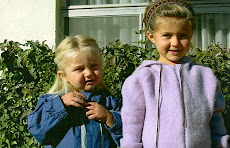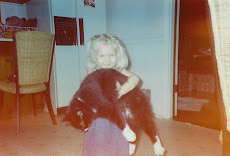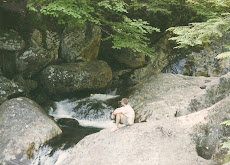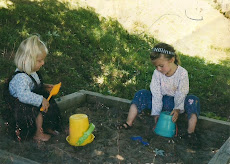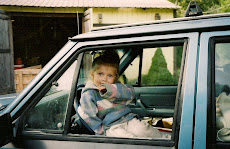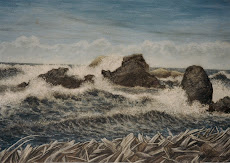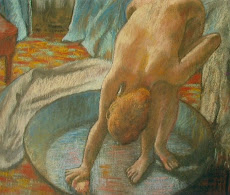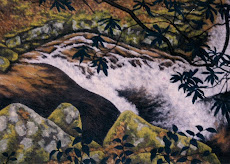 I get a few days off after Christmas, so we go up to Tennessee to do some winter planting.
I get a few days off after Christmas, so we go up to Tennessee to do some winter planting.I originally planned on planting in the spring - but as I began to prepare my order for the nursery, I learned that in the south fall through winter is actually the best time to plant. There's typically guaranteed moisture in the air, and it gives the trees time to settle in and develop their roots.
We drive up on the 26th, and the forecast is for warm cloudy weather - perfect for planting.
Hidden Springs Nursery focuses on fruiting trees and shrubs which basically thrive in neglect in our local Tennessee climate. The nursery is only 90 minutes from Sunbright, just north of Cookeville.
We go straight from Atlanta to the nursery Friday morning to pick up the plants. We all get to try a medlar from a tree she has, and I keep a couple of the seeds to try and germinate on my own. She says it's a little hot down here for medlar, but it is possible to get them to grow and produce fruit.
I miss the shortcut on Highway 62 back to Sunbright, so we stop at Lowe's in Harriman and pick up some cypress mulch, peat moss, and composted manure. The lady at the nursery said it's better to not baby your transplants and overfertilize - rather allow them to adapt to the soil you have, with few amendments. So I'm going to try this route. Last Spring everything I planted went into bagged compost, topsoil and manure - probably not the brightest idea - but our peach trees are sure thriving and are now over ten feet, loaded with buds:
 We'll see what happens.
We'll see what happens.We show up at the property about 3 to 4, too late to plant, so we just move into the pumphouse. I brought along a space heater, lamps, and the mattress for the futon, to turn the place into a little apartment:
 It'll be cozy for the three of us, but more spacious and warm than the back of the truck.
It'll be cozy for the three of us, but more spacious and warm than the back of the truck.The plants had been dug up about 3 days ago, and packed in wet newspaper, so I decided to soak them in buckets of water overnight to make sure they're properly hydrated:
 Then we made a nice fire, with newspaper, a few shims, and some boughs from the wood pile:
Then we made a nice fire, with newspaper, a few shims, and some boughs from the wood pile: The cloud cover remained, and with the space heater, it was almost too hot in our bags. I'd stuffed sheets and blankets into all the crevices around the plank door to keep out drafts.
The cloud cover remained, and with the space heater, it was almost too hot in our bags. I'd stuffed sheets and blankets into all the crevices around the plank door to keep out drafts.Even though the pumphouse is not insulated a bit, it's just studs, and sheathing, and siding, I learned we can easily heat it if we need to. We could insulate it too if we wanted, especially considering how often our pipes freeze in here. But we'd need a far more efficient door.
The pumphouse for now is our only shelter - we should probably be staying in it, at least temporarily, instead of tents/gazebo and using it for tools.
We get up about 8 in the morning and I start planting. I do the two red mulberries first, up along the edge of the woods to the left and down from the gazebo:
 "Edges" are always the most productive, and fruiting trees in the wild tend to be found on the edge of the woods. So I'm trying to mimic nature here.
"Edges" are always the most productive, and fruiting trees in the wild tend to be found on the edge of the woods. So I'm trying to mimic nature here.I first remove sod with the spading fork, a spot about 3'x3':

I always dig from the downhill side, and pile the earth up into a berm. This way I'm scraping the dirt towards me with the pick.
So much of tree planting focuses on drainage, which is definitely important. But in our site, I'm more concerned about the tree getting enough water, rather than too much, especially with our long dry spells, then sudden violent rains. So I like to create a berm on the downslope end of the planting, to facilitate a little passive watering. Hopefully more of the rain will get caught here and pool, instead of all running downhill.
Once I've used a good bit of the berm soil to fill in around the tree, I'll pile up the sod I'd removed upside-down on top of the berm to keep it big, and the site where the tree's going essentially level. Haven't gotten this out of a book - just thinking here, and experimenting.
Grass is so vigorous it will over time send roots the other way and start growing again - but this is temporary - ultimately we're going to plant herbs around these trees. According to AN INTRODUCTION TO PERMACULTURE, grass is the enemy of young trees.
I next fill the hole with a few gallons of water. This will give the roots something to drink from over the first few days, and also it's a check for drainage. If this water doesn't percolate into the soil within ten, twenty minutes, there's a drainage problem:
I'm planting mostly on slopes, and though the soil's definitely sticky when it's wet, due to the clay, I think our drainage is fine.
While I'm waiting for all this water to sink into the soil, I go on and dig the next hole.
In each hole I'm putting a quart and a half of peat moss [I'd picked up peat moss mostly for our composting toilet], and a quart of composted manure. The compost will give the soil a little nutrition, and the peat moss take some of the density and stickiness out:
I spread out the roots of the young tree, fill in the soil, stand on the dirt to compress it and take out air pockets, then water again and mulch. I first use the cypress mulch then finish with straw:
It doesn't look like much. Later I surround it with old boards and rock to know where it is:

I next go over and plant two apple trees at the edge of the woods along the north of the property. They're a little to the right of the swales and close to the grove of crabapples. Both trees are grafts and semi-dwarf - I hope they're the right choice.
I go down and plant the autumn olives along the driveway. These are heavy, heavy producers during a good year, we found out once camping up on Pigeon Mountain. There was enough on one roadside grove for us to live off all winter. And they taste excellent when they're ripe - even a little under-ripe . . . if you cook them, the astrigency goes away. We'd throw them into our oatmeal, and just the steam from the finished oats was enough to drive the bit of astrigency away.
But when they're fully ripe, late in the year, and as big as marbles, they are one of the best-tasting fruits out there . . . with the sweet acidity of pomegranates, mixed with hints of fig and strawberry.
I plant them 8' apart, a few feet in from the driveway, on it's west side, across from the sumac. These specimens are three feet high and look to be in good condition (only $10 a piece). I surround them in block once they're in:

You can see Mishka playing with his black Lab buddies in the background.
I've got two jujubes which I put along the east side of the driveway, up from the sumac, and a ways in from the blueberry we'd earlier planted at the edge of the woods. Jujubes are the apples of China. The fruit is like a small apple, but tastes like a date. Another hardy producer that does well in Tennessee. I plant them 20 feet apart.
Here I'm removing sod:
 I surround them also with block:
I surround them also with block: Jujubes like maximum sun - that's why I'm planting them out in the clearing. The ground is rather level, so there's not much berm to do. I'm hoping they tolerate a fair amount of drought, and don't need constantly watered.
Jujubes like maximum sun - that's why I'm planting them out in the clearing. The ground is rather level, so there's not much berm to do. I'm hoping they tolerate a fair amount of drought, and don't need constantly watered. I go on and do the raspberries next. I got 5 plants for $15.
I want to till a long rectangular bed for them, and get a little grove of raspberry going. I worked at a retreat once where they had such a thing - and it was a good producer - but there was a fair amount of weeding and watering. And their health always seemed rather fragile compared to the blue and blackberry.
It takes me a while to figure out where to put this bed. Being berries, you'd think right out in the sun would be best. But everywhere I've done serious raspberry picking, whether in the mountains of North Carolina, valley roadsides, deep canyons in northern New Mexico - raspberries seem to prefer the shade. Kind of like a cousin of theirs I believe called "thimbleberry" that grows in almost jungle in western Oregon. Raspberries sort of want it all - enough sun, tons of moisture, and fertility, and just the right humidity.
So I go with the counterintuitive choice of behind the pumphouse, its west side. I feel like they'll get enough sun here, but not too much. The roof will provide all the moisture they love. And as far as fertility - I climb the hill with my backpack and go gather half a pack of manure.
Unfortunately all the "free range" composted manure I'd been gathering all spring has now been pounded down into black soil by all the rains. But the kids and I do the best we can, and get 40 or 50 pounds or so. It will have weeds, which will eventually need picked out - but I think the extra fertility is worth the hassle of weeding.
Here's the bed with the sod out and tilled:
 These logs I'd piled back here are meant to take the rain pour off the roof and prevent further erosion.
These logs I'd piled back here are meant to take the rain pour off the roof and prevent further erosion.I actually pull a number of stones out of here, which I'll later use in my cabin foundation.
Here's the manure added to the bed:
 It might seem like I'm going all out here for my raspberries. But I'm convinced they're picky, and many gardeners pride themselves on their raspberry patch.
It might seem like I'm going all out here for my raspberries. But I'm convinced they're picky, and many gardeners pride themselves on their raspberry patch.Here I've planted them [only 2' apart, instead of the standard 3' - didn't have more room]:
 You can see a berm here of unused dirt and upside-down sod on the bottom. Then they're mulched:
You can see a berm here of unused dirt and upside-down sod on the bottom. Then they're mulched: Next is the dissatisfying part of cutting them down to the bone. I forgot my snips, so I have to use bolt cutters. You cut them down to the top of the mulch so you get fresh canes in the spring.
Next is the dissatisfying part of cutting them down to the bone. I forgot my snips, so I have to use bolt cutters. You cut them down to the top of the mulch so you get fresh canes in the spring.I've got two bush cherries which I plant on the north edge of the compost bin, and the other 6' nearby. Here's one:
 At this point it's about 4 in the afternoon and I'm wiped out. I've been carrying buckets of water over from the creek for all the planting, as well as hoeing and digging. The creek is still flowing strong:
At this point it's about 4 in the afternoon and I'm wiped out. I've been carrying buckets of water over from the creek for all the planting, as well as hoeing and digging. The creek is still flowing strong: This pool here under the kids' bridge is so deep I can dunk the 5 gallon bucket in to fill it up. We drink the water straight also - it's clean.
This pool here under the kids' bridge is so deep I can dunk the 5 gallon bucket in to fill it up. We drink the water straight also - it's clean.Brooke gets a photo overlooking the property from the passive solar homesite, still just staked out:
 The clouds mostly dissipate, and we have a spectacular sunset. It's been misty and sixties all day, and now this:
The clouds mostly dissipate, and we have a spectacular sunset. It's been misty and sixties all day, and now this: We sleep in the pumphouse again, after hours out by the fire, watching stars. A storm moves in, and the wind gets violent. Our door isn't shut properly, and a gust tears it right off. It's a miserable experience, and the rest of the night we have no heat and a gaping hole at the door and wind driving in.
We sleep in the pumphouse again, after hours out by the fire, watching stars. A storm moves in, and the wind gets violent. Our door isn't shut properly, and a gust tears it right off. It's a miserable experience, and the rest of the night we have no heat and a gaping hole at the door and wind driving in.It's a long bitter stressful night and we don't sleep well. In the morning I take a photo of what's happened to the door:
 Ripped right off. And I don't have any tools with me, like a drill or a hammer. I have no idea how I'm going to fix it, so I go about depressed and plant the last of the berries.
Ripped right off. And I don't have any tools with me, like a drill or a hammer. I have no idea how I'm going to fix it, so I go about depressed and plant the last of the berries.I've got 5 thornless blackberry plants and 1 gooseberry. I decide to plant them all along the west edge of the garden, on the opposite side of the footer pathway, to create a sort of living hedge. The blackberry needs a trellis anyway, so later we'll put in a sapling fence.
Here's the gooseberry in, surrounded by old boards, across from the juneberries:
 And here's the blackberry, surrounded by some wood remnants that had been left out in the barn:
And here's the blackberry, surrounded by some wood remnants that had been left out in the barn: Some rain should pour off the footer and give them extra water. Normally just monstrous high grass grows here.
Some rain should pour off the footer and give them extra water. Normally just monstrous high grass grows here.Here's a shot from further back, where you can see the blackberry, and to the right, in the cage, the fuyu persimmon, and beyond that, towards the compost bin, the two bush cherries:
 I've tried to plant everything far enough apart that I can later come in and create guilds with helpful species, especially herbs.
I've tried to plant everything far enough apart that I can later come in and create guilds with helpful species, especially herbs.Now that the planting's done, I can focus on the door. The only solution that seems to make sense is to go borrow my neighbor's tools. So I walk over to George's and chat and get a hammer and drill. I envy all they've done over there (he's just put up the frame for a greenhouse this fall), but they've been here 8 years - maybe we'll be similarly developed by that point.
Here's the door back on, no big deal:
 I get a shot of the pumphouse before I lock it up:
I get a shot of the pumphouse before I lock it up: And a couple shots of the barn:
And a couple shots of the barn:
 The "hole" in the back right joists is where the stairway will go - two stretches with a landing.
The "hole" in the back right joists is where the stairway will go - two stretches with a landing.I next lose my keys, which are found in a few minutes. Then the car won't start. We've had the doors open for too long and too often and I guess the light has drained it. The battery's probably about to go also. So I have to go back over to my neighbor's to ask him for a jump.
We get it running:

The difficult night with the door torn off has sobered me. We must have real shelter up here, ASAP, or we're not going to last. I'm going to get a detailed book on straw bale "Build it with Bales", and come up with a foolproof step-by-step plan for how I'm going to build this cabin. Next year we'll give ourselves 6 months to get it finished with our furniture in, before winter. We'll also do some work in the garden, but otherwise nothing but that cabin.
I think once it's finished we'll have a whole different outlook, and come to realize how great this is really going to be . . .







 When the roof is on, we can begin our cistern, and the roof should provide all our water needs. It also will provide great shade, and storage space.
When the roof is on, we can begin our cistern, and the roof should provide all our water needs. It also will provide great shade, and storage space.  I'm going to do straw bale. When you compare the cost of studs, sheathing, drywall, siding, insulation . . . to the cost of bales and chicken wire - it's obvious straw's cheaper. And of course beautiful with excellent insulation. We'll easily stay warm inside a straw cabin with a wood stove. And this is what we're looking for - a small dwelling we can comfortably and permanently live in, for as long as we need to. And when you look at the pioneer lifestyle in general, they all had small homes, with lots of space outside. It makes sense. And it happens to be the reverse of the popular urban lifestyle today.
I'm going to do straw bale. When you compare the cost of studs, sheathing, drywall, siding, insulation . . . to the cost of bales and chicken wire - it's obvious straw's cheaper. And of course beautiful with excellent insulation. We'll easily stay warm inside a straw cabin with a wood stove. And this is what we're looking for - a small dwelling we can comfortably and permanently live in, for as long as we need to. And when you look at the pioneer lifestyle in general, they all had small homes, with lots of space outside. It makes sense. And it happens to be the reverse of the popular urban lifestyle today. And this is where it will be sited:
And this is where it will be sited: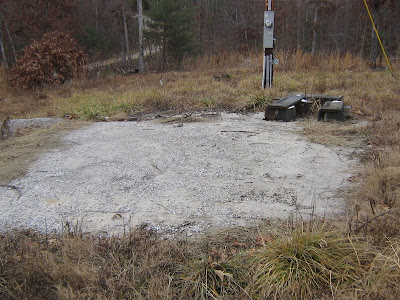 This old parking slab is thin and cracked and not level. Originally I'd planned on building the cabin over it, and thought it would help keep the bottom of the wood floor dry. But I've abandoned this idea. It's simply not a wise use of materials (it's not using them at all). I'm going to take this slab and bust it up into urbanite, and use it as the base for my rubble trench foundation for the cabin, since I'm out of stone (it's amazing - a mountain property, 10 acres, with no stone at all - my neighbors can't believe it . . . great for crops though).
This old parking slab is thin and cracked and not level. Originally I'd planned on building the cabin over it, and thought it would help keep the bottom of the wood floor dry. But I've abandoned this idea. It's simply not a wise use of materials (it's not using them at all). I'm going to take this slab and bust it up into urbanite, and use it as the base for my rubble trench foundation for the cabin, since I'm out of stone (it's amazing - a mountain property, 10 acres, with no stone at all - my neighbors can't believe it . . . great for crops though).
 A friend and I decided to go up to Tennessee to see the property on the 12th of December. I brought the girls and the dog along.
A friend and I decided to go up to Tennessee to see the property on the 12th of December. I brought the girls and the dog along.
 We set boards down to sit on over the snow [it was covered in snow the first night].
We set boards down to sit on over the snow [it was covered in snow the first night].
 Here's the garden and compost bin:
Here's the garden and compost bin: Here looking towards the gazebo:
Here looking towards the gazebo:













 I find a few deflated cantelopes. And the three-year old mint that we've had in a little black pot in an apartment, year after year, is actually putting out fresh shoots! It is invicible.
I find a few deflated cantelopes. And the three-year old mint that we've had in a little black pot in an apartment, year after year, is actually putting out fresh shoots! It is invicible.
 We need to give our other fruit trees similar treatments.
We need to give our other fruit trees similar treatments. And the winter sky:
And the winter sky: I've only got three and a half more months to get through. I'm going to try building furniture, and birdhouses, and keep uploading books on other blogs. We've also got a large order of fruiting trees and shrubs to prepare for Hidden Springs Nursery in Cookeville, Tennessee. We want to get the order in and paid for by the end of January, so we can count on getting the rest of our planting done in the spring. We'll be getting plums, and apples, autumn olives, currents and gooseberry, a local fig, maybe pawpaw, jujube dates - whatever they have.
I've only got three and a half more months to get through. I'm going to try building furniture, and birdhouses, and keep uploading books on other blogs. We've also got a large order of fruiting trees and shrubs to prepare for Hidden Springs Nursery in Cookeville, Tennessee. We want to get the order in and paid for by the end of January, so we can count on getting the rest of our planting done in the spring. We'll be getting plums, and apples, autumn olives, currents and gooseberry, a local fig, maybe pawpaw, jujube dates - whatever they have.




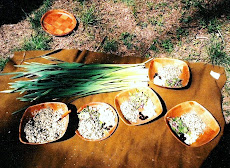

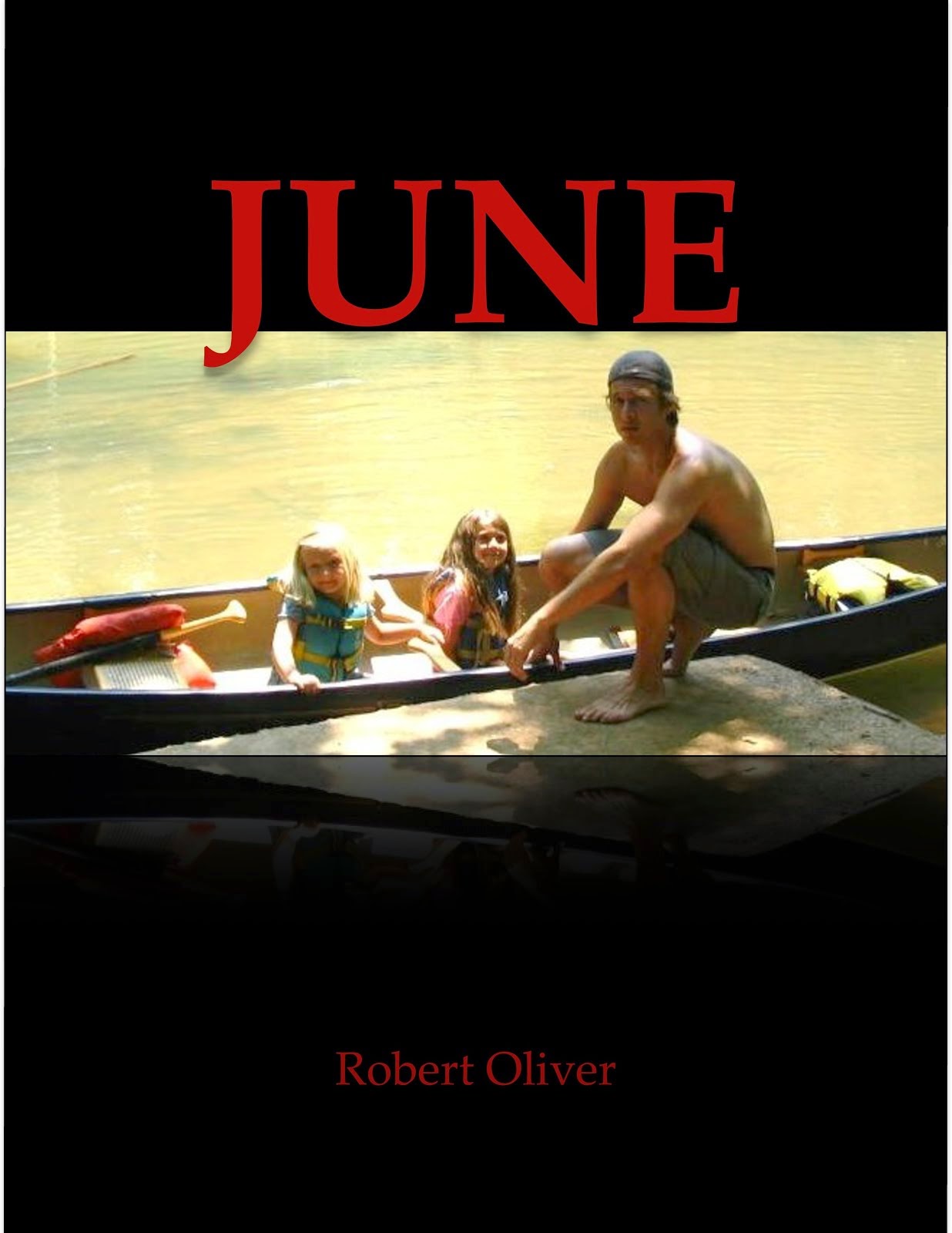
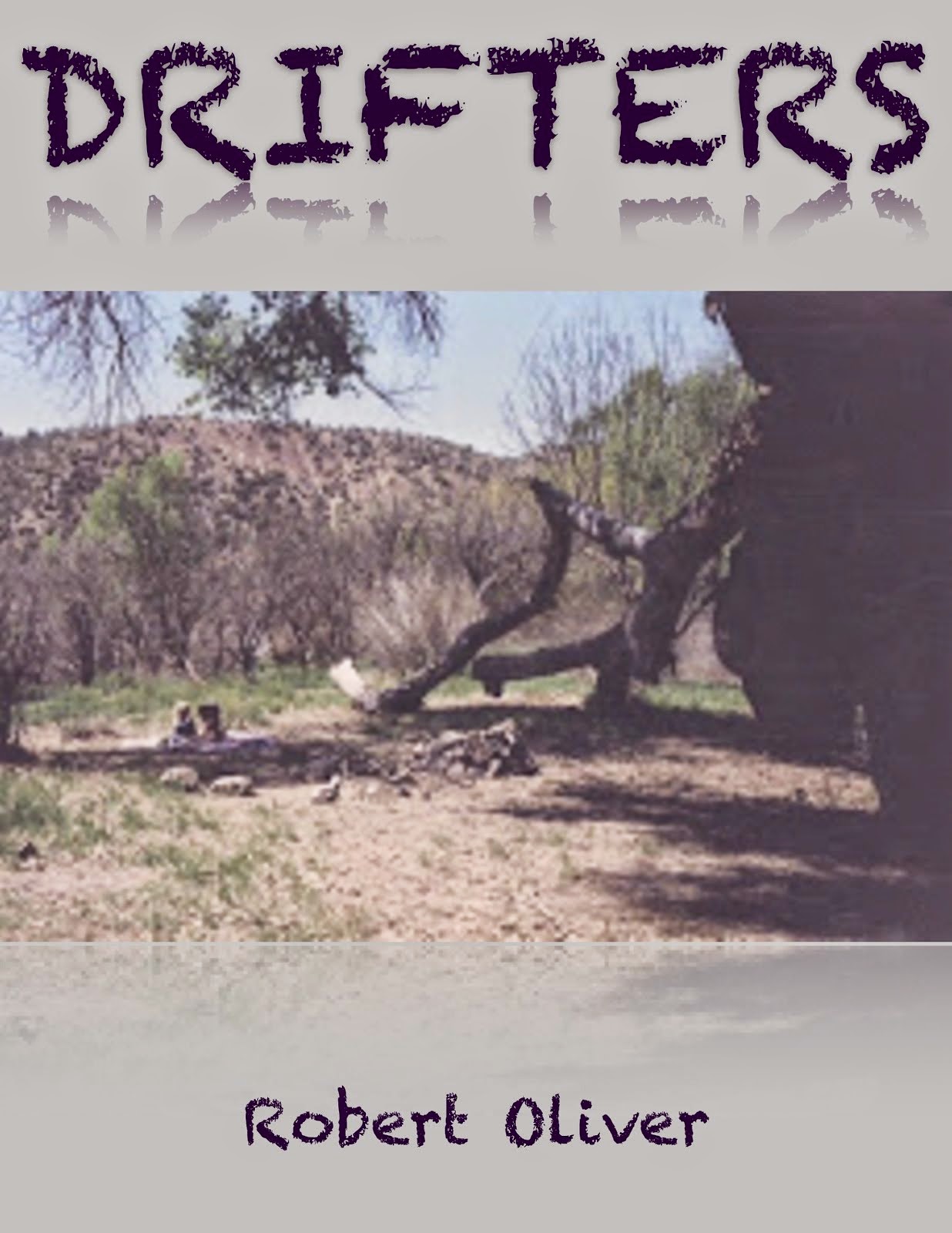
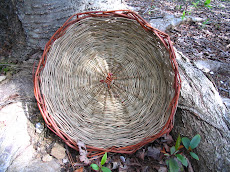







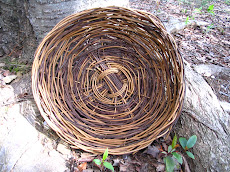

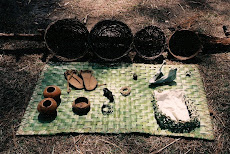
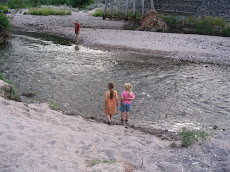
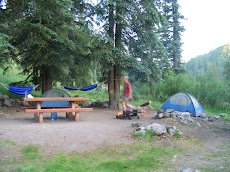
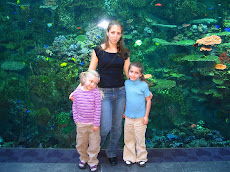
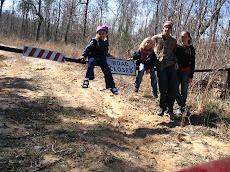





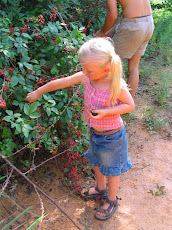







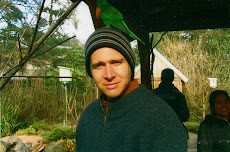
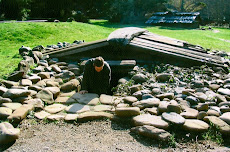

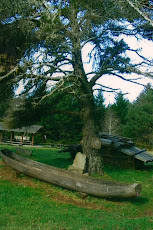



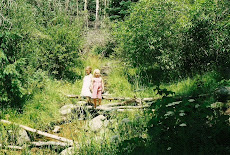
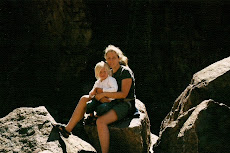
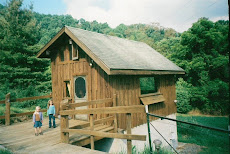

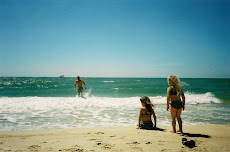
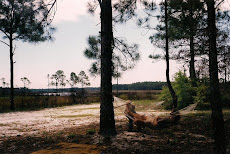

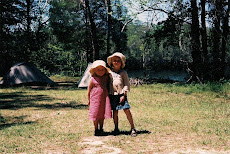.jpg)

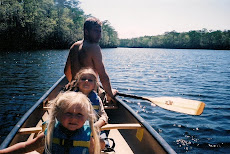.jpg)

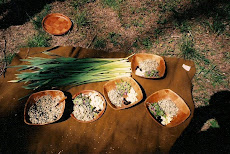
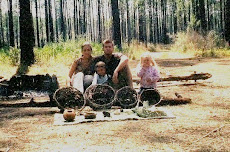
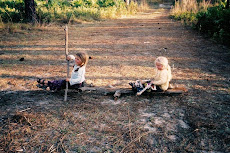.jpg)
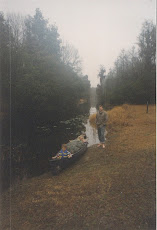

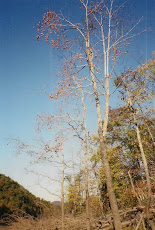
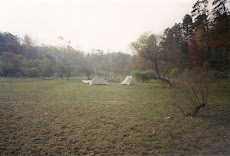

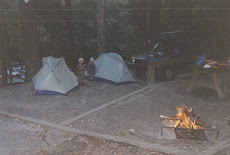
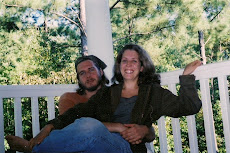

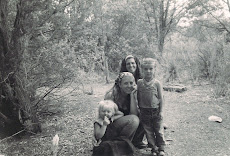.jpg)
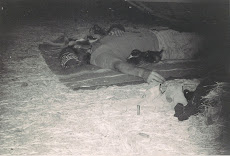.jpg)
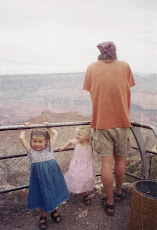
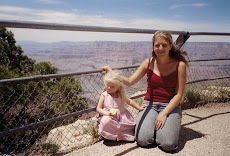.jpg)
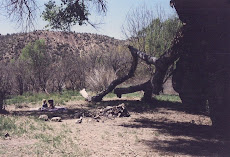.jpg)
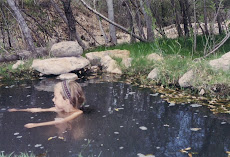
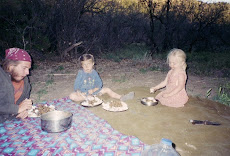.jpg)
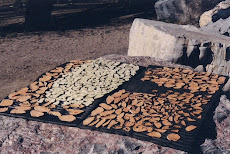
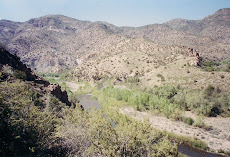.jpg)
